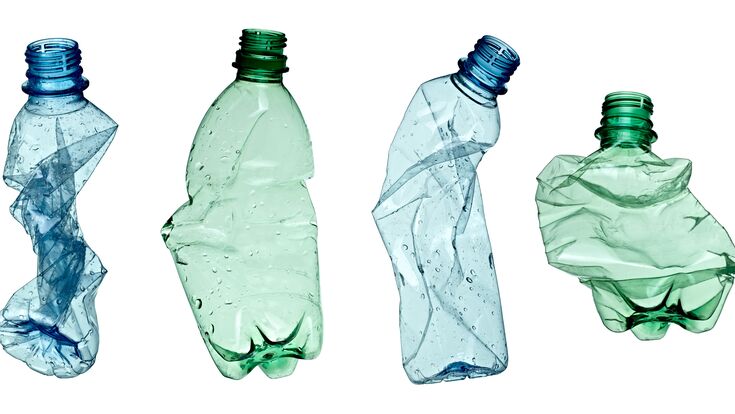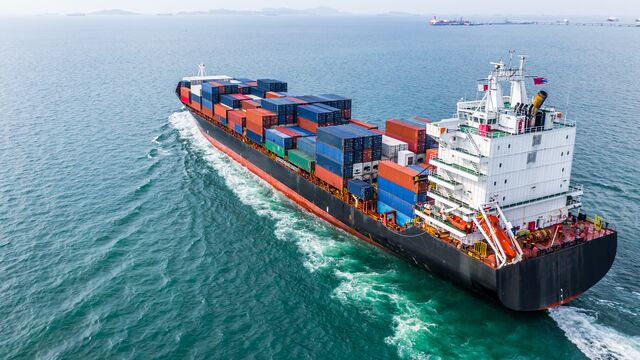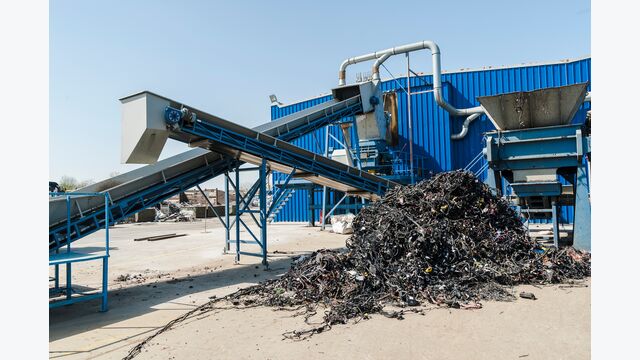Spotlight on: Recycling : What is recycling in the 21st century?

What drives recycling? That was the question discussed in the curated session of the ISWA Working Group on Recycling and Waste Minimisation (WGRWM). Seven senior professionals who are working in and researching recycling and waste management shared their views and experiences on the state of the art in recycling in 2021.
This article outlines the main points of view expressed by the seven professionals and brings them together in a work stream and research agenda that the WGRWM will be pursuing in the coming two years.
What is recycling? What we know and what we don’t know
In essence, recycling refers to a series of activities and processes that result in the production of secondary materials of a quality that allows substitution of primary raw
materials. The feedstock for the production of secondary materials consists of discarded, littered or disposed products and packaging and anything else found in waste.
In most countries at most periods of time, the ‘default’ driver for recycling is the demand for recyclables under the influence of supply and demand dynamics of a commodity market. This driver is always present in the background, whether or not protection of public health and the environment are policy drivers or not.
Even demand-driven recycling doesn’t start at the gate of a recycling facility, but before. ‘Before’ has many levels:
- at the time of production
- in the multiple phases of packaging
- in the use phase
- when and how the last user or their recycling or waste service provider decides to discard it.
Who ‘owns’ recycling and who owns the materials to be recycled?
In the USA and most other places in the world, outside of Europe, the private recycling sector (that is, companies whose main business is processing recyclable materials, excluding waste companies) is the major industrial and large-scale player. The geographic centre of this industry is in East Asia, according to a report by the Bureau of International Recycling: “Asia accounted for some 43% of world recovered fibre production, Europe approaching 27% and North America nearer 21%.”
In many countries and cities, the modernisation of the solid waste system has produced a national or regional solid waste law in which the ownership of waste is defined and allocated to specific stakeholders. This can help answer the question “who owns the materials?”, although it complicates the question of “who owns recycling?”. Some examples:
In many cities and countries, the owner of the materials is automatically the owner of the place or container in which they are found at a particular time. So, a waste company owns and is responsible for everything in its containers. Really? What if nuclear waste or a dead body is found in its containers? What if a diamond ring or a stolen artwork is discovered in a waste bin?
In high-income countries, where disposal gate fees are high and automated collection systems are expensive, the revenues from the sale of recycled materials never cover the costs of collecting them. The financial ‘win’ for governments and waste management companies is that well-run high-participation recycling diverts materials from disposal, and so reduces the overall cost of integrated waste management systems.
Export dilemmas: shipping waste for disposal, or transporting recyclables for manufacturing
Movements of waste and recyclables between countries are motivated by two very different drivers: for waste materials, the driver is the demand for the service of treatment and disposal. The driver for the exporting party is usually capacity
or cost. The Basel, Stockholm and Rotterdam conventions govern the transboundary movement of wastes for treatment and disposal.
The decision to export recyclables is usually made by the processing facility, on the basis of price offered vs cost of transport. Lower-value and high-specific-density materials, such as glass and secondary construction aggregates, are usually sold close to the point of processing to prevent transport costs exceeding the value of the materials.
China’s decision to limit the import of low-value plastics in 2018 by lowering the accepted levels of contamination, referred to as the China National Sword, shifted the calculus of legal recycling exports in a fundamental way, and the restriction of low-value importation of recyclables has spread to other formerly importing Asian nations as well. Concern about contamination and politicisation of the issue of waste transport for illegal disposal have created a high level of global outrage.
China’s legal steps to reduce the import of contaminated recyclables is reported to have contributed to a decrease in both legal and illegal transports of waste and recyclables, compared to the last few decades of the 20th century. This is resulting in a discourse – at least in Europe – about the need to stop all exports, even those which are legal, inspected, manifested, under a purchase order and approved by export-import regimes in both exporting and importing countries. This, in combination with the impacts of the blockage of the Suez Canal by the Evergreen in 2021, and the global impacts of COVID on production and shipping and the shortage of shipping containers, has been changing the landscape for transboundary recycling trading in ways that were unthinkable 10 years ago.
The same pressures are affecting the legal transport of waste, but the situation is complicated by the genuine illegality of some waste transport, such as when the exported waste has different levels and concentrations of hazardous components than those that are stated in the manifest. In lower-income countries where environmental legislation is weak or ambiguous, and customs authorities may lack capacity for monitoring and enforcement, the differences between the stated and real nature of the waste may be undetected.
Recycling close to home, or where the demand is?
Virtually all high-income countries (and a few emerging economies) encourage recycling and stimulate it via laws and targets for two reasons:
‘The push’: service chain motivation: diverting recyclables from paid disposal reduces the tonnes of material that have to be disposed of in landfills. The higher the recycling rate (usually measured in tonnes diverted), the lower the overall waste system costs.
‘The pull’: recyclables sold to and used by the recycling industry in manufacturing processes reduce some of the extraction and production impacts of making virgin materials available, and therefore contribute to resource efficiency and – according to many calculations – offset CO2 impacts of extraction and production.
Together with waste trade criminalisation, EU recycling targets may have – directly or indirectly – contributed significantly to the local shredding and recycling of materials from electronic and electric devices and from equipment and vehicles that could otherwise still have been reused (entirely or in the form of spare parts) in lower-income countries, contributing to a global circular economy.
Should we pay attention to the difference between criminalising trade and promoting something that deserves to be legal according to global consensus?
As the Working Group on Recycling and Waste Minimisation, we will be using this session as the basis for our 2022-2023 work programme, including in the context of the ISWA Scientific and Technical Committee’s new work streams.




